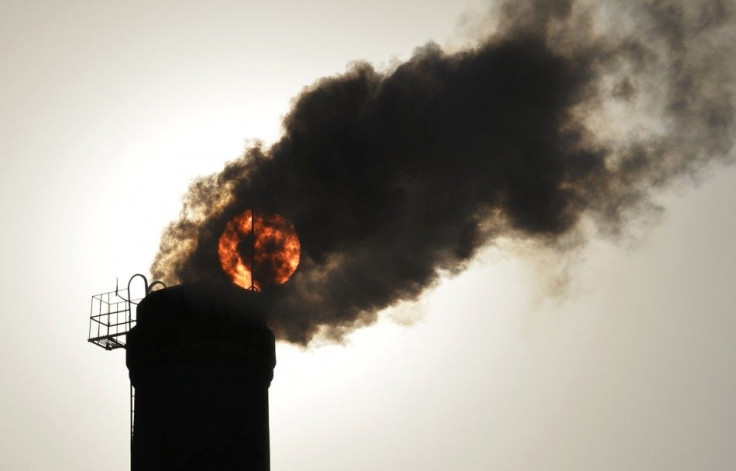Record Dry Spell in New Zealand's South Island 'Rare'; CO2 Emissions Rising at Accelerated Rate

The South Island in New Zealand is currently in the midst of a record dry spell as warm weather continues to stall the rains. National Institute of Water and Atmospheric Research climate scientist Gregor Mancara described the current weather in some areas of South Island as "quite rare."
According to Macara, the longest dry spell in Queenstown was 59 days which began on July 21, 1952. The current dry spell has been recorded at 26 days and counting. He said that aside from Queenstown, Alexandra and Milford Sound have surpassed their average dry spells.
Reports said dry spells are no longer new in Otago and Southland coastal areas, but they usually happen inland. Macara declared dry spells are occurring across South Island. A dry spell occurs when there are at least 15 consecutive days of less than 1 mm of rain.
Climate change experts have long attributed longer periods of drought and extreme weather as the effects of global warming. Greenhouse gas emissions have increased at an accelerated rate in the last 30 years.
The World Meteorological Organisation said rising carbon dioxide levels have led experts to believe that the world may be "running out of time" in trying to reduce carbon emissions. According to recent data, the rising levels of greenhouse gas emissions between 2012 and 2013 were more than any other year since 1984.
The WMO's annual greenhouse gas bulletin revealed that the carbon dioxide concentrations in the atmosphere rose to 142 per cent since the Industrial Revolution. Other greenhouse gases have also increased in concentrations. Methane levels rose by 253 per cent while nitrous oxide increased 121 per cent.
WMO Secretary General Michel Jarraud said the Earth's climate is changing, while weather becomes more extreme. He blamed human activities as the major contributors to climate change.
Large concentrations of carbon dioxide in the atmosphere have led to hotter temperatures as global warming intensifies. Professor Joanna Haigh, Grantham Institute for Climate Change and Environment's co-director in the Imperial College of London, said the concentrations continue to rise at an accelerated rate. She added that steps should be taken immediately to increase efforts in reducing greenhouse gas emissions.




















